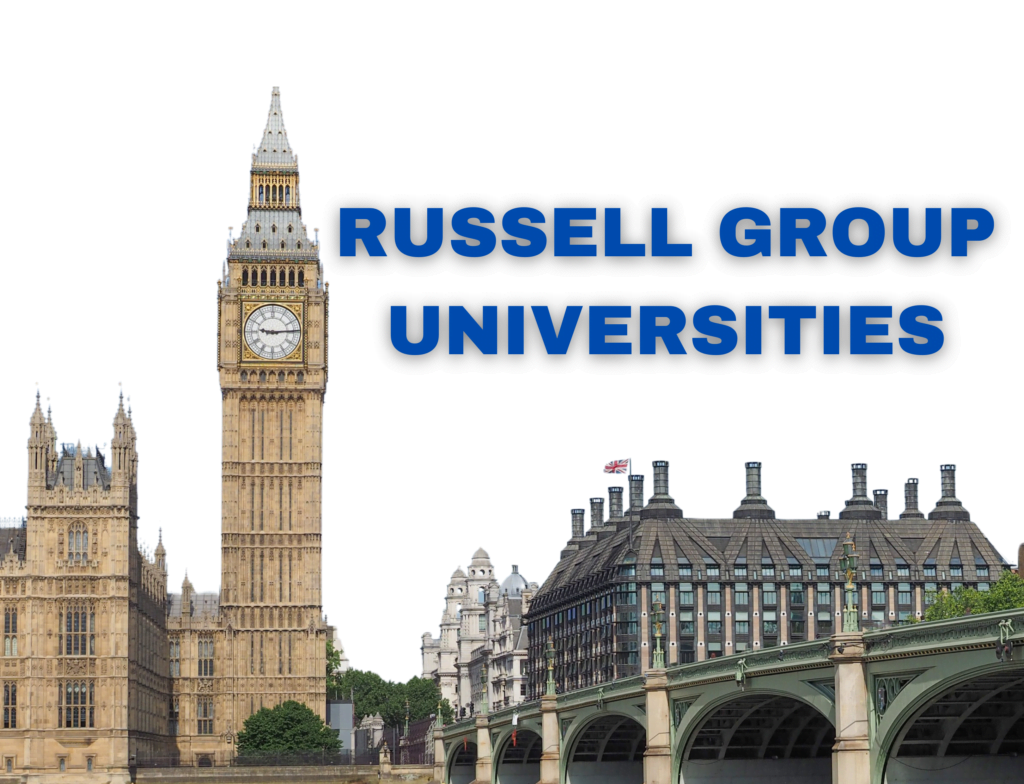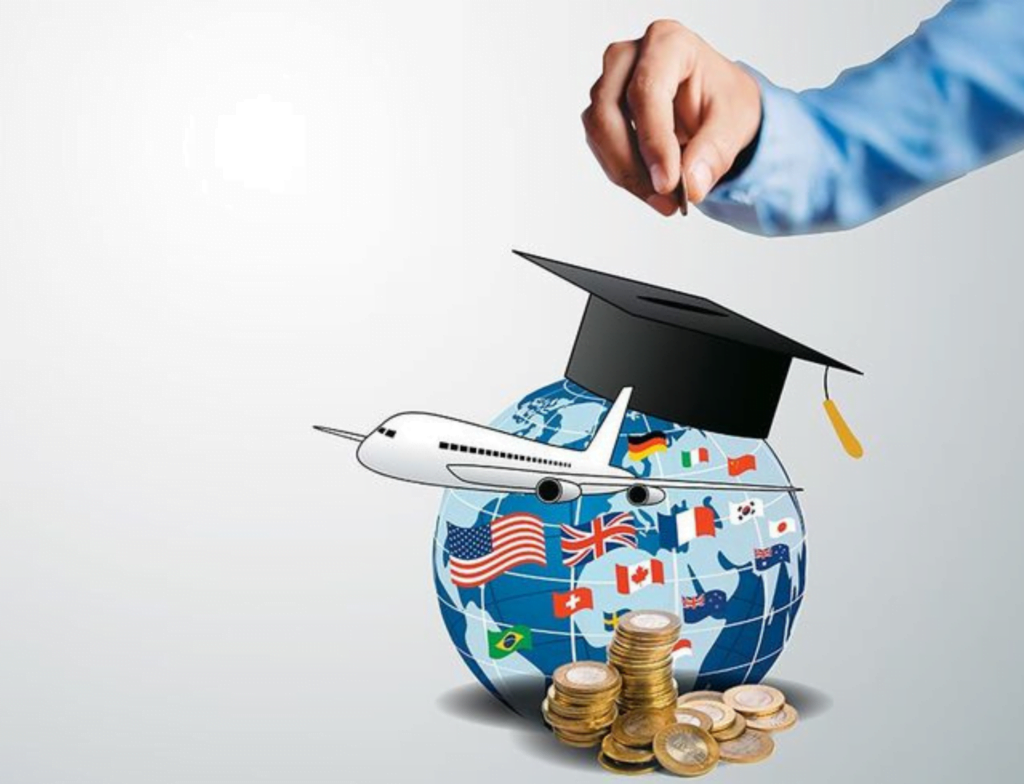Australia student visa processing has undergone a transformation from the Australian government in its new strategy to manage the sudden rise in international student arrival. This is at a time when the center-left government wants to bring migration numbers under control before an expected tight election. Education Minister Jason Clare revealed the new ministerial direction, which will see applications for visas prioritized in terms of the sustainability of educational institutions.
The New Visa Processing Framework
The revised framework divides the applications for visas into two speed categories: high-priority and standard. If an education provider demonstrates sustainable operation, then its student visas are processed quickly until the school reaches 80 percent of the international student allotment; once this level is attained, the visa processing is going to be slowed considerably.
This is a fallback after the parliament rejected the government’s proposed legislation to cap international student allocations at universities and skills colleges. The center-right opposition, while calling for caps on international students, voted against the plan, leaving the government to look elsewhere for ways to achieve its objectives.
Managing Migration Ahead of Elections
Given elections to be held by May 17, the Labor government is all too aware that immigration levels will be an issue of first priority. The latest estimates for net overseas migration have soared to 340,000 for the fiscal year, whereas the previous estimate was at 260,000. The new increase in migration has also triggered a concern regarding its implications on housing availability because property prices and rents keep increasing all over Australia.
Finance Minister Katy Gallagher said the new visa processing strategy will help to regulate student numbers while still targeting the applications to regional and smaller universities, thus alleviating some of the pressure put on the larger institutions from overwhelming volumes of international students.
Latest Trends of Student Visa Arrival
Interestingly, the government’s efforts to manage migration seem to have been effective because recent statistics show a 25% decrease in student visa arrivals over the past year. Student visa arrivals decreased from 278,000 in June 2023 to June 2024 to 207,000. This indicates that the government’s previous measures are already having an effect, even as it looks to implement new strategies.
The opposition has criticized the government for not being able to manage net migration. International students contribute to net migration, which is argued to worsen the housing crisis that Australia has been experiencing. The property prices keep on increasing, making it all the more imperative for the government to provide solutions.
Conclusion
Australia’s new visa processing strategy reflects the attempt of the government to weigh the benefits of international education with the challenges that high levels of migration bring. This strategy of prioritizing sustainable educational institutions and managing student numbers will hopefully alleviate public concerns while attracting international talent to the country.
As the election date gets closer, this strategy’s effectiveness will be closely followed. The outcome will determine more than the future of international education in Australia; it will define the greater part of the immigration debate and the implications of immigration for the country.





